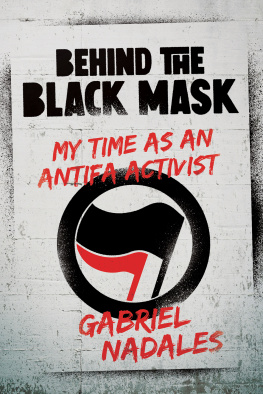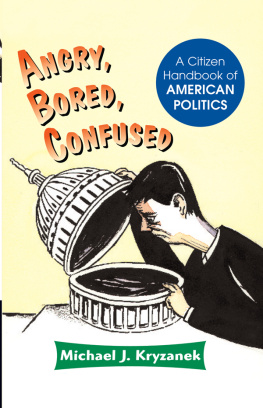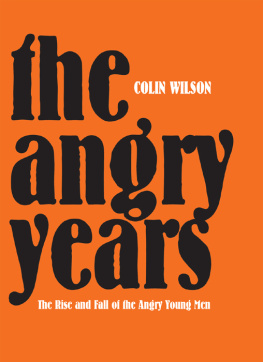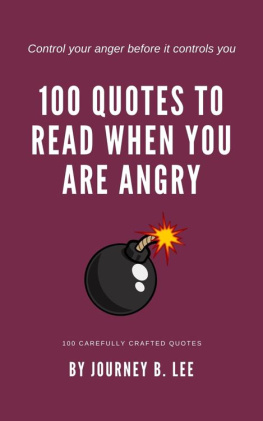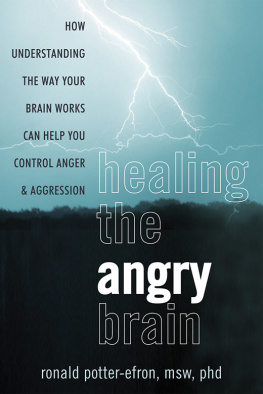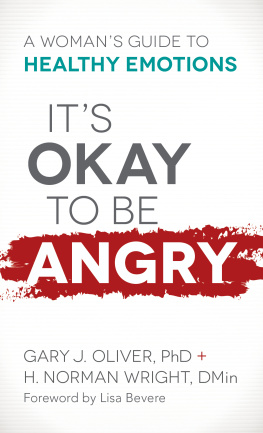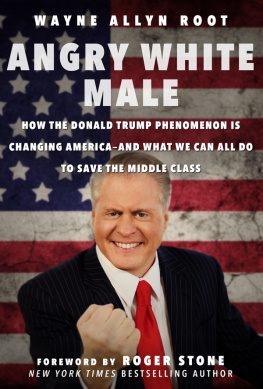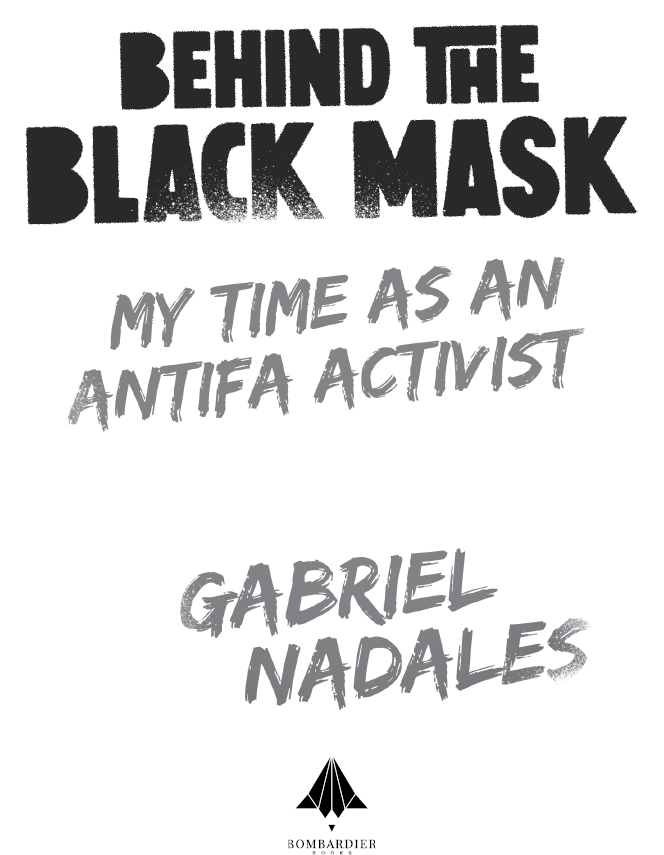
BOMBARDIER BOOKS
An Imprint of Post Hill Press
Behind the Black Mask:
My Time as an Antifa Activist
2020 by Gabriel Nadales
All Rights Reserved
ISBN: 978-1-64293-732-9
ISBN (eBook): 978-1-64293-733-6
Cover art by Cody Corcoran
Interior design and composition, Greg Johnson, Textbook Perfect
No part of this book may be reproduced, stored in a retrieval system, or transmitted by any means without the written permission of the author and publisher.

Post Hill Press
New York Nashville
posthillpress.com
Published in the United States of America
To my wife,
You are the best person I know.
Thank you for making me a better person.
Contents
O n May 25, 2020, four Minneapolis police officers killed an African American man named George Floyd. A video of the incident, captured by a bystander, shows excessive force on the part of officer Derek Chauvin as he presses his knee into Floyds neck for several minutes, even though Floyd was already in custody.
The viral images spread on social media like wildfire as conservatives, liberals, progressives, libertarians, and nonpolitical people alike denounced the officers use of lethal force.
This tragedy should have been a unifying moment for Americans in which everyone could rally to reform police tactics. But instead of coming together, cities across the country burned at the hands of violent black-clad extremistsmembers of a shadowy group known as Antifawho hijacked the justifiable indignation felt by numerous Americans, and used the anger as a springboard to push their radical left-wing agenda.
Antifa stands for antifascist, but the name is deceptive. For one thing, the very name is calibrated so that anyone who dares to criticize the group or its tactics can be labeled a fascist. Otherwise, why would someone oppose a group dedicated to fighting fascism? In turn, this allows Antifa members to justify violence against all who dare speak out against them.
The same goes for the Black Lives Matter (BLM) movement. Of course Black lives matter. But BLM uses the name and the slogan as a club to beat down anyone who criticizes its agenda or methods. In fact, Antifas mission is not to fight fascism, and neither is BLMs mission to fight for black lives. Both movements are intent on pushing a left-wing revolutionary agenda while sugarcoating it with statements palatable to ordinary Americans.
Such a tactic is nothing new. Radical left-wing revolutionary politics often work this way. In fact, this political strategy has a name: it is known as the Mass Line.
The Mass Line was created by former Communist leader Mao Zedong, and it is the reason why China is a Communist country today. The purpose of the Mass Line is to organize mass movements to create more favorable conditions for [a] socialist revolution. Mass Line organizers infiltrate honest movements and inject them with Marxist ideologies while falsely claiming Communism to be the only solution to the struggle suffered by those within a particular group. Groups like Antifa and Black Lives Matter use important hot-button issues as a faade to divide Americans and push American society into a more favorable condition for a socialist revolution.
The protests in the wake of George Floyds untimely death at the hands of Officer Chauvin are a natural part of Americas grieving process. But the riots perpetrated by Antifa are a direct result of Mass Line organizing. Left-wing radicals hijacked the momentum felt by every American to push their extremist socialist agenda.
Yet many left-wing figures downplay the impact Antifa has had on the riots by claiming Antifa simply does not have the manpower to orchestrate such violence. Historian Mark Bray primarily made this claim in an interview on CNN when he stated that Antifa does not get more than a couple hundred people at each of its rallies.
In part, Bray is correct. It would be dishonest to pretend that every single violent rioter was a member of Antifa. But it is more intellectually bankrupt to ignore Antifas role in instigating the violence in key cities across the nation, and the George Floyd tragedy was the moment Antifa was waiting for to begin its uprising.
For example, an Antifa-affiliated group took to Twitter to ask for support in an operation against one of Minnesotas police precincts. Places like St. Paul, Minnesota; Portland, Oregon; Seattle, Washington; New York City; Austin, Texas; Chicago, Illinois; and Oakland, California, were some of the worst hit by left-wing violence because Antifa activists had been allowed to organize in these cities for several years prior. Antifa began the violence in these cities and set the narrative for the rest of the countrys people to burn down their own communities.
While some continue to belittle Antifas influence, others outwardly deny its existence, like Democratic Congressman Jerry Nadler, who called Antifa imaginary. Antifas existence is undeniable.
But Representative Nadler is not the only Antifa denier. In Seattle, Washington, as thousands of left-wing radical demonstrators established CHAZ, Seattle Mayor Jenny Durkan refused to condemn the Lefts willful disregard for the rule of law for almost four weeks, calling the occupation a form of patriotism.
This Antifa-spearheaded project was an utter failure. During the day, the mainstream media portrayed the occupation as having the energy of a festival. Many politicians refuse to see Antifa for the violent movement that it is because they blindly see the Antifa as an allysince it opposes President Trump. Further, they fear that Antifa will target them next.
In many respects, Antifa and the radical Left have already claimed many victories. These leftist radicals have intimidated dozens of city councils across the nation into defunding their police departments, thereby neutering the police response to left-wing violence.
What happened to George Floyd is a tragedy, and Americans should work together so that such an incident is never repeated. But Antifa and the violent tactics that come with it are not the answer.
Yet I get the allure of Antifabecause I once belonged to it myself.
Like other Antifa activists, I remember being angry. Angry at police officers who I thought protected neo-Nazis. Indignant at Wall Street for stealing money from the poor. Aggravated at the mistreatment of animals in factory farms. Bitter at what appeared to be this countrys endless foreign wars. Angry at corporations who polluted my neighborhood. Angry at a system I thought was stacked against me.
I first joined the radical antifascist movement because I believed it was the best vehicle to fight against the injustices in the American system of government. Only now am I mature enough to understand that Antifa is not fighting for justice or equality. The riots and occupation perpetrated by Antifa were a dishonor to the memory of George Floyd. They were not about demanding police reform to prevent future tragedies. The violence was targeted at destroying the private property of innocent Americans because Antifa hates capitalism and everything America stands for.
Sometimes mistakes are hard to admit. To do so places us in an uncomfortable position, where we are forced to confront our actions and our conscience. Even more challenging is to admit our errors to another. Becoming part of Antifa was the biggest mistake of my life.
The truth is that I expected this part of my life to be a mere footnote of my adolescence. I never expected to appear on Fox News and admit to the destruction of property. Nor did I plan to write an op-ed for The Hill , condemning my radical past. Yet at the time, I felt it necessary to break windows, spray graffiti, drop political banners off the side of buildings, and attend tumultuous rallies to fight against supposed fascists. At the time, I believed that if you do not fight for your values, you have none to stand on. Now, these narrow-minded actions seem like the mistakes of another person altogether.
Next page
